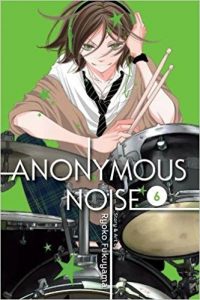Skip Beat Volume 40 by Yoshiki Nakamura
The cover of this volume made me happy, because it has been a little while since Kyoko and Moko were hanging out together! As a consequence this volume is decidedly light on Ren, but as always there are trade-offs and compromises in both life and manga. Skip Beat is such a long-running series that is so well-done that even when plot elements are used over and over again I find myself looking forward to what new spin Nakamura will put on the situation. When I realized that there would be a big audition coming up, I was curious to see how Kyoko would handle it with all the progress she’s been making to become more sure of herself and her acting.
Kyoko and Moko are up for a part in a ninja-related series, so there’s an impressive training montage where they have to visit a master of stage fighting and learn all the technique they need to be believable on the screen. The drama about the audition is amped up even more when Kyoko learns that she’s competing for the part against one of Ren’s former co-stars. An additional element of mystery is layered on with the return of Koenji, who has a psychosomatic illness after being in a bad accident. Kyoko heads into auditions with Ren’s manager on her side as well. Nakamura does a great job setting up a variety of story elements with a new beginning, making Skip Beat! still feel fresh 40 volumes in.





Recent Comments